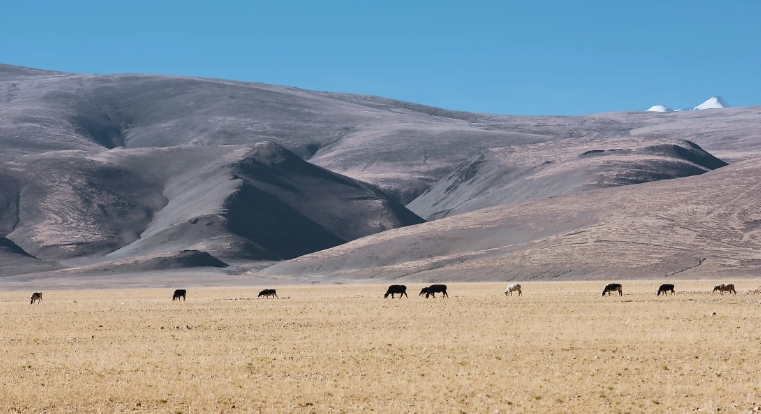Diastrophism is the process by which the Earth’s surface is deformed and shaped by tectonic forces. It is a fundamental aspect of geology that helps us understand how mountains are formed, valleys are created, and continents move over time.
Types of Diastrophism
Diastrophism can be categorized into two main types: folding and faulting. Folding occurs when the Earth’s crust is compressed and bent, resulting in the formation of mountain ranges and ridges. Faulting, on the other hand, happens when the crust is under tension and breaks, leading to the formation of valleys, plains, and faults.
Forces at Work
The forces responsible for diastrophism are mainly driven by plate tectonics. The movement of the Earth’s lithosphere plates causes stress to accumulate in the crust, which eventually results in deformation. These forces can be horizontal (compressional or tensional) or vertical (uplift or subsidence), depending on the direction of plate movement.
Effects on Earth’s Surface
Diastrophism has a profound impact on the Earth’s surface. It shapes the landscape by forming features such as mountains, valleys, and plateaus. It also influences the distribution of water bodies, the formation of natural resources like oil and gas, and the occurrence of earthquakes and volcanic eruptions.
Understanding Earth’s History
By studying diastrophism, geologists can better understand the Earth’s history and how it has evolved over millions of years. The geological record preserved in rocks and fossils can provide valuable insights into past tectonic events and the changing landscapes of our planet.
Predicting Future Events
Diastrophism also plays a crucial role in predicting future geological events. By monitoring tectonic activity and understanding the forces at work, scientists can assess the likelihood of earthquakes, volcanic eruptions, and other natural disasters. This knowledge can help communities prepare and mitigate the impact of such events.
In conclusion, diastrophism is a key process that shapes the Earth’s surface and influences its geological history. By studying these forces, we can gain a deeper understanding of the dynamic processes that have shaped our planet and continue to shape it today.

